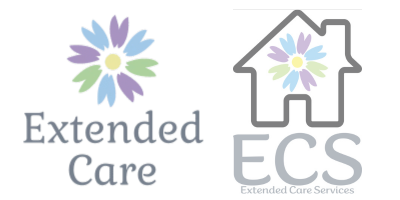Living with a disability can present unique challenges in everyday life, but adaptive devices have come a long way in recent years, offering solutions to help overcome these challenges. From mobility aids to cognitive and sensory aids, there are a plethora of options available to anyone seeking to improve their quality of life.
With that in mind, let’s delve into the various activities of daily living (ADLs) for people with disabilities and the assistive technologies designed to support them.
What Are the ADLs for People with Disabilities?
ADLs are the basic tasks that individuals perform daily to maintain their well-being and independence. These activities are essential for maintaining one’s physical, mental, and emotional health. ADLs for people with disabilities can be divided into six categories:
- Personal hygiene: bathing, grooming, and dental care;
- Dressing: selecting and putting on appropriate clothing;
- Eating: preparing and consuming meals;
- Mobility: moving around the home or community;
- Communication: interacting with others and accessing information;
- Cognitive and sensory tasks: problem-solving, remembering, and processing sensory information.
Necessary Adaptive Devices for People with Disabilities
Adaptive devices can be categorized into three main types: mobility aids, cognitive and sensory aids, and motor aids.
- Mobility Aids: These devices help individuals move around their homes and community more easily. Examples include:
- Wheelchairs: manual or electric chairs that provide seated mobility for individuals with limited or no ability to walk.
- Walkers and rollators: devices that provide support and stability while walking.
- Canes and crutches: assistive tools that improve balance and reduce weight on an injured or weak leg.
- Transfer aids: devices that help individuals move from one position to another, such as from a bed to a chair.
- Cognitive and Sensory Aids: These devices help individuals with cognitive or sensory impairments perform daily tasks. Examples include:
- Reading aids: devices that magnify text, convert text to speech, or provide audio descriptions for the visually impaired.
- Hearing aids: devices that amplify sound for individuals with hearing loss.
- Memory aids: tools that assist with organization and recall, such as calendars, medication reminders, and task lists.
- Communication aids: devices that facilitate interactions, such as text-to-speech software or communication boards.
3. Motor Aids: These devices assist individuals with limited motor control or strength in performing daily tasks. Examples include:
- Adaptive utensils: specially designed eating utensils that are easier to grasp and manipulate.
- Dressing aids: tools that assist with tasks like buttoning, zipping, or putting on socks.
- Writing aids: devices that provide support or alternative methods for writing, such as adapted pens or keyboards.
- Environmental control units: systems that enable individuals to control appliances, lights, and other aspects of their home using switches or voice commands.
The Bottom Line
Adaptive devices and assistive technology have the potential to significantly improve the daily lives of people with disabilities by enhancing their independence and participation in daily activities. By understanding the different types of adaptive devices available and the specific needs of each individual, we can work towards a more inclusive and accessible world for everyone.
If you or a loved one are looking for a host home provider in Colorado, contact us today. We look forward to helping you find the perfect home that meets your needs and fits your lifestyle.

